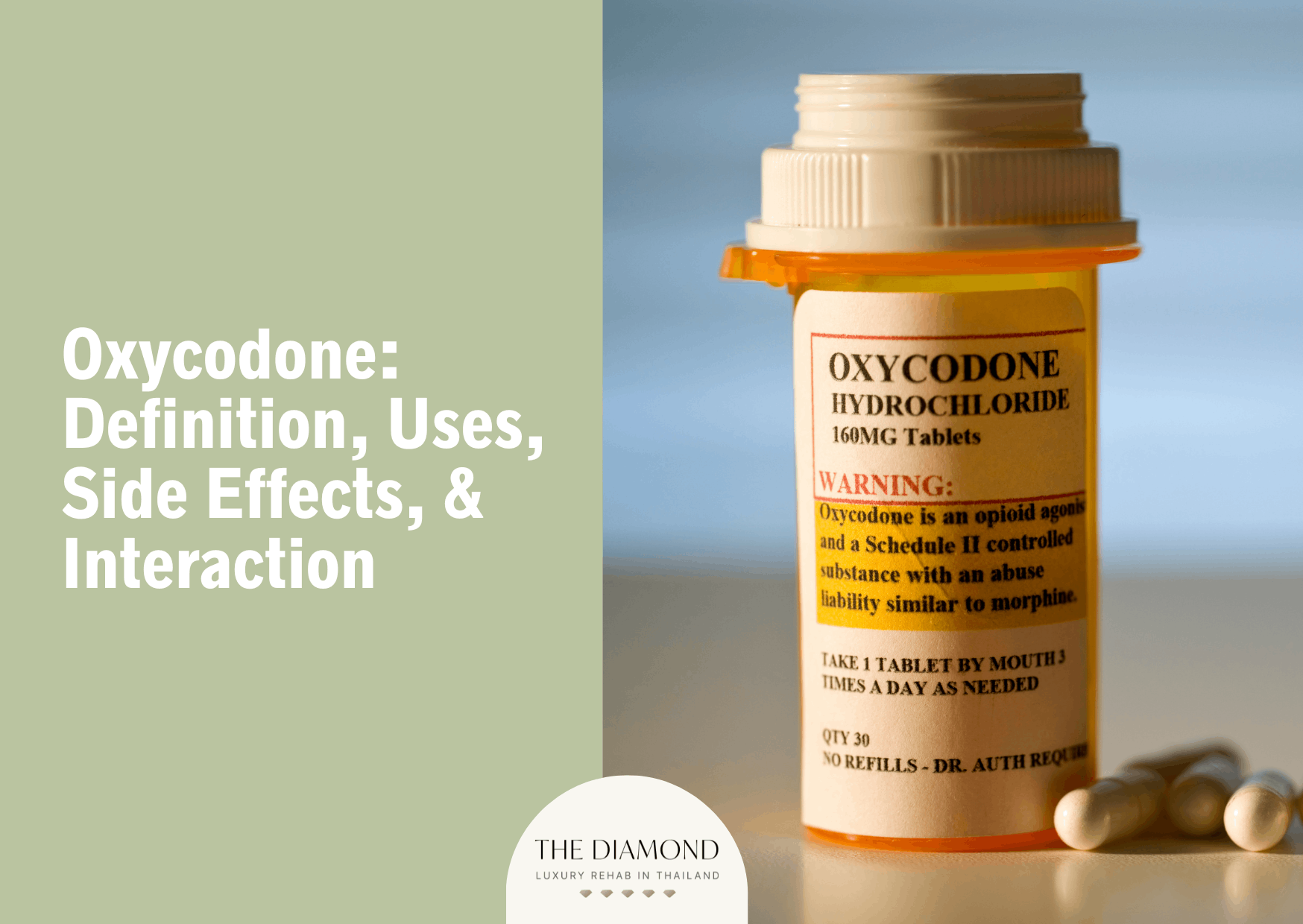Recognizing the Different Types of Oxycodone Formulations Available in the marketplace
In the world of pain monitoring, oxycodone stands as a potent analgesic with numerous formulas tailored to certain needs. Recognizing the nuances in between immediate-release, extended-release, controlled-release, combination, and abuse-deterrent formulations is vital for health care suppliers and clients alike. Each alternative offers a distinct set of factors to consider and benefits, affecting therapy efficacy and safety accounts. By diving into the unique features of these oxycodone formulations, a clearer picture emerges concerning their viability for different scientific situations.
Immediate-Release Oxycodone
Immediate-release oxycodone is an extensively suggested opioid medication usually utilized to handle sharp pain. It comes from a course of medicines referred to as opioid analgesics, which function by binding to opioid receptors in the mind and back cable, reducing the perception of pain. This formula of oxycodone is created to give quick discomfort alleviation, typically within 15 to half an hour of intake, with peak results taking place within 1 to 2 hours.
Medical care companies may prescribe immediate-release oxycodone for problems such as post-operative discomfort, injuries, or various other short-term agonizing problems. When taking immediate-release oxycodone to lessen the danger of side impacts and complications., it is important for patients to follow their medical care supplier's guidelines very carefully.
:max_bytes(150000):strip_icc()/Dilaudidvs.Oxycodone-SimilaritiesDifferences-4dee44dd1ebe493fbd806029eecee3f4.jpg)
Extended-Release Oxycodone
Provided the requirement for longer-lasting discomfort management services in certain cases, Extended-Release Oxycodone offers a sustained-release formulation of the medication for extensive alleviation. This formulation is designed to progressively launch oxycodone right into the bloodstream over a prolonged period, usually supplying relief for up to 12 hours per dose. Extended-Release Oxycodone is often suggested for people needing 24/7 pain management who can not attain appropriate relief with immediate-release formulations alone.
Among the vital benefits of Extended-Release Oxycodone is its ability to maintain constant medication levels in the body, lowering the frequency of dosing contrasted to immediate-release formulas. This extended application interval can lead to enhanced ease for individuals and potentially far better pain control by minimizing variations in drug focus.
It is critical to keep in mind that Extended-Release Oxycodone brings a high threat of abuse, abuse, and dependency, emphasizing the relevance of stringent adherence to the prescribed application regimen and close tracking by healthcare service providers. People need to only utilize this formulation under the support of a healthcare expert to minimize the danger of unfavorable effects.
Controlled-Release Oxycodone
Exactly How does Controlled-Release Oxycodone vary from Extended-Release formulations hurting monitoring techniques?

Contrasted to Extended-Release formulas, Controlled-Release Oxycodone might provide a more predictable and specific release of the drug. This can be valuable for individuals needing consistent discomfort management without the variations that may accompany various other formulations. In Addition, Controlled-Release Oxycodone might be preferred in situations where a more regulated and gradual launch of the medication is wanted to handle persistent pain problems efficiently.
Oxycodone Mix Formulas
Oxycodone Mix Formulas incorporate oxycodone with various other active ingredients to improve discomfort monitoring efficiency. By integrating oxycodone with materials such as acetaminophen or pain killers, these formulations aim to give a synergistic result in soothing pain (Buy Oxycodone online). Acetaminophen, for instance, can match read review oxycodone's analgesic residential or commercial properties by targeting various discomfort paths, potentially bring about improved pain relief
One common oxycodone combination formula is Percocet, which blends oxycodone with acetaminophen. This mix is frequently recommended for modest to serious discomfort monitoring. An additional popular solution is Endocet, which additionally combines oxycodone with acetaminophen, providing similar benefits hurting control.
The addition of other active ingredients in oxycodone combination formulas can likewise assist minimize the general opioid dosage needed for effective pain alleviation, potentially reducing the danger of side impacts connected with higher opioid doses. However, it is essential for doctor to carefully evaluate each individual's needs and case history prior to suggesting oxycodone combination formulations to ensure reliable and secure pain administration.
Abuse-Deterrent Oxycodone
Abuse-deterrent formulations of oxycodone have actually been developed to aid minimize the dangers connected with opioid abuse and abuse. These solutions are developed to make it more difficult to tamper with the drug for the purpose of misuse. They incorporate certain modern technologies that hinder common approaches of misuse, such as squashing the pills for snorting or infusing. By making it more difficult to change the drug's original form, abuse-deterrent oxycodone intends to reduce the chance of misuse Visit Website and dependency.
One usual technique made use of in abuse-deterrent formulations is the addition of physical obstacles that protect against the pills from being crushed or liquified conveniently. Some formulations likewise consist of materials that produce an unpleasant result if the medicine is damaged, additionally preventing misuse. While these formulations are not foolproof and can not totally get rid of the threat of abuse, they stand for an advance in resolving the opioid epidemic by making it harder for individuals to misuse oxycodone.
Final Thought
To conclude, it is very important for healthcare experts to comprehend the various kinds of oxycodone solutions available on the market. Immediate-release, extended-release, controlled-release, combination formulas, and abuse-deterrent oxycodone each have their very own one-of-a-kind characteristics and indications. By being well-informed about these formulations, healthcare suppliers can make enlightened choices when recommending oxycodone to individuals, considering aspects such as pain look at here now administration needs, prospective for misuse, and individual person danger elements.
Extended-Release Oxycodone is usually suggested for individuals needing ongoing pain administration who can not achieve adequate alleviation with immediate-release formulations alone. - Buy Oxycodone online
